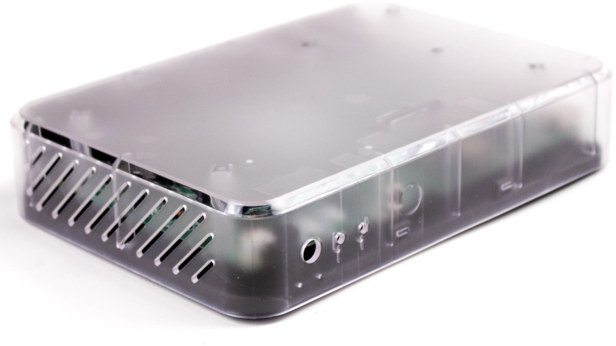Outernet goal is to bring knowledge and/or emergency info to places without Internet either to remote places, or where Internet has been temporary shutdown due to natural disasters or political reasons through a satellite feed. In some ways, it works like a typical FM radio, but instead of receiving audio, you’ll get data. The first hardware was based on WeTek Play TV box, and called Lighthouse, but they now have a DIY kit that will work with Next Thing C.H.I.P, Raspberry Pi, or Laptops running Windows 7/10 or Linux, as well as a standalone Outernet Satellite kit including C.H.I.P Allwinner R8 development board. Let’s first check out “Basic Outernet DIY Kit” comprised of three items: L-Band Antenna Frequency: 1525 – 1559 MHz (Center frequency: 1542 MHz) 8dbi 4″ SMA Male connector Dimensions – 12 cm x 12 cm x 1.5 cm Weight – ~100 grams RTL-SDR Blog Software Defined Radio/Tuner […]
Outernet Shares Knowledge via their Lighthouse Satellite Receiver
While many of us take Internet access for granted, about 60% of the world population did not have access to Internet at the end of 2014, and Outernet initiative aims to provide educational, emergency, and news content to this segment of the population, which still represents the majority, at a rate of 1GB per day via a satellite receiver called Lighthouse. Let’s check the hardware first: SoC – Amlogic AML8726-MX dual core Cortex A9 @ 1.5GHz with Mali-400MP GPU System Memory – 1GB DDR3 Storage – 4 GB NAND flash + 1x micro SD slot Video Output – HDMI, AV (CVBS + R/L audio) Audio Output – HDMI, AV, and optical S/PDIF Connectivity – 10/100M Ethernet, 802.11 b/g/n Wi-Fi with up to 5 clients Tuner – DVB-S2 tuner with two antenna connectors (only one used) USB – 3x external USB 2.0 ports, 2x internal USB 2.0 ports (used) Misc – […]




